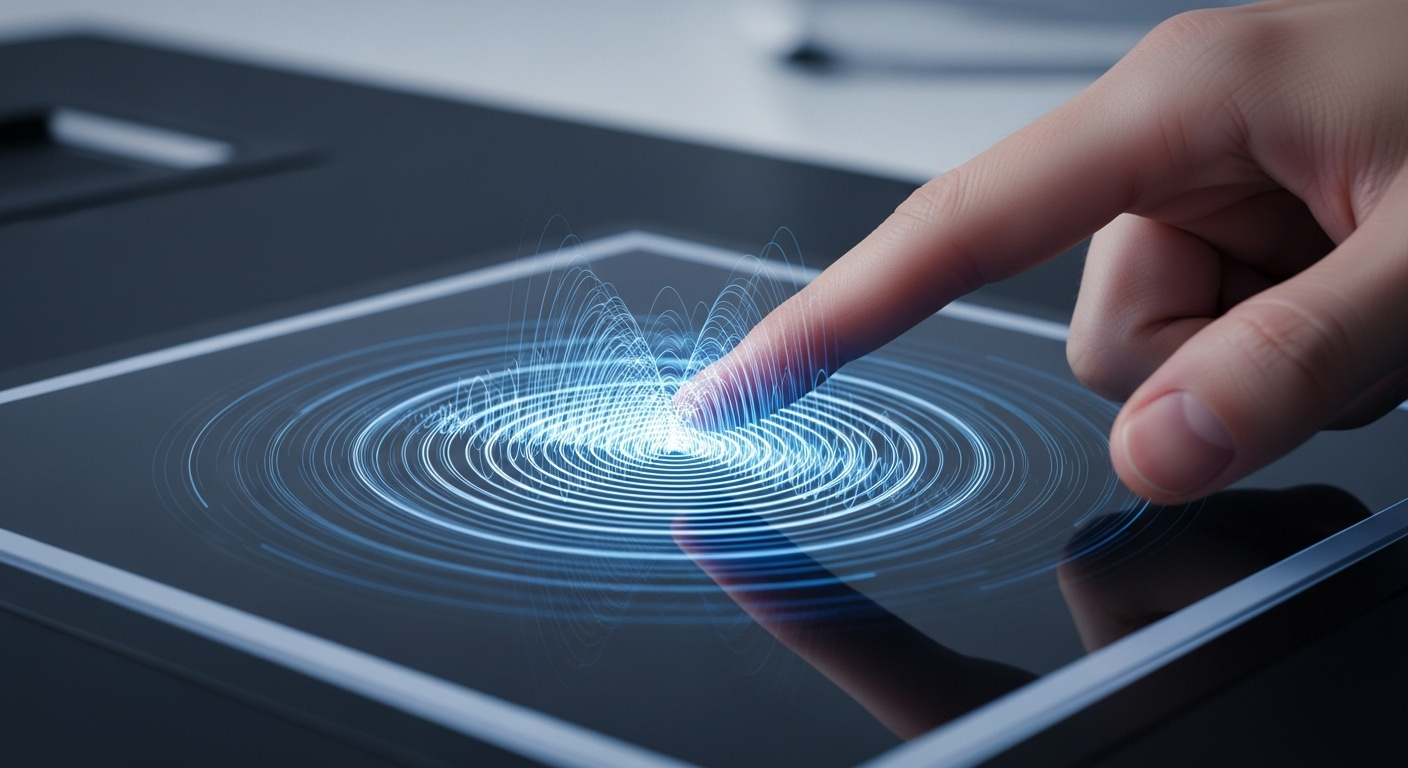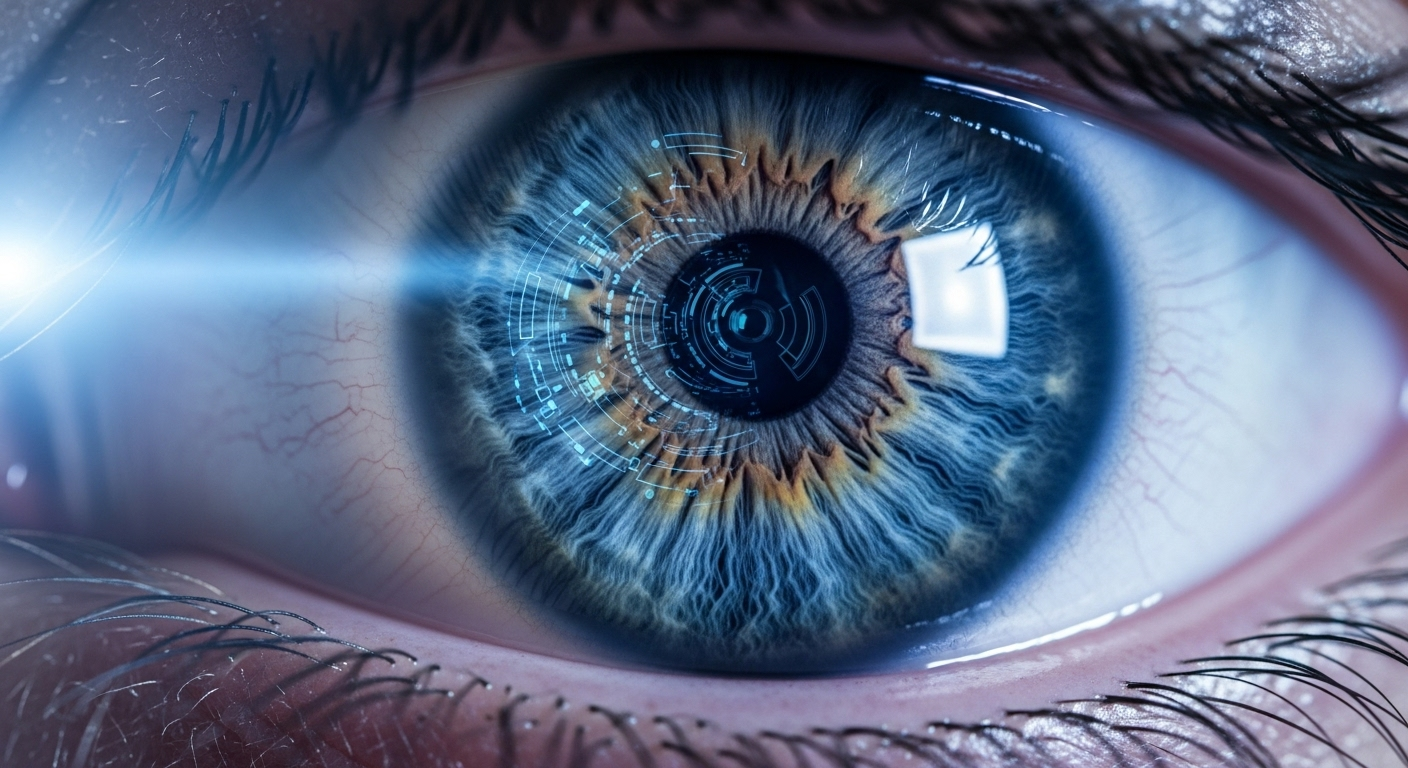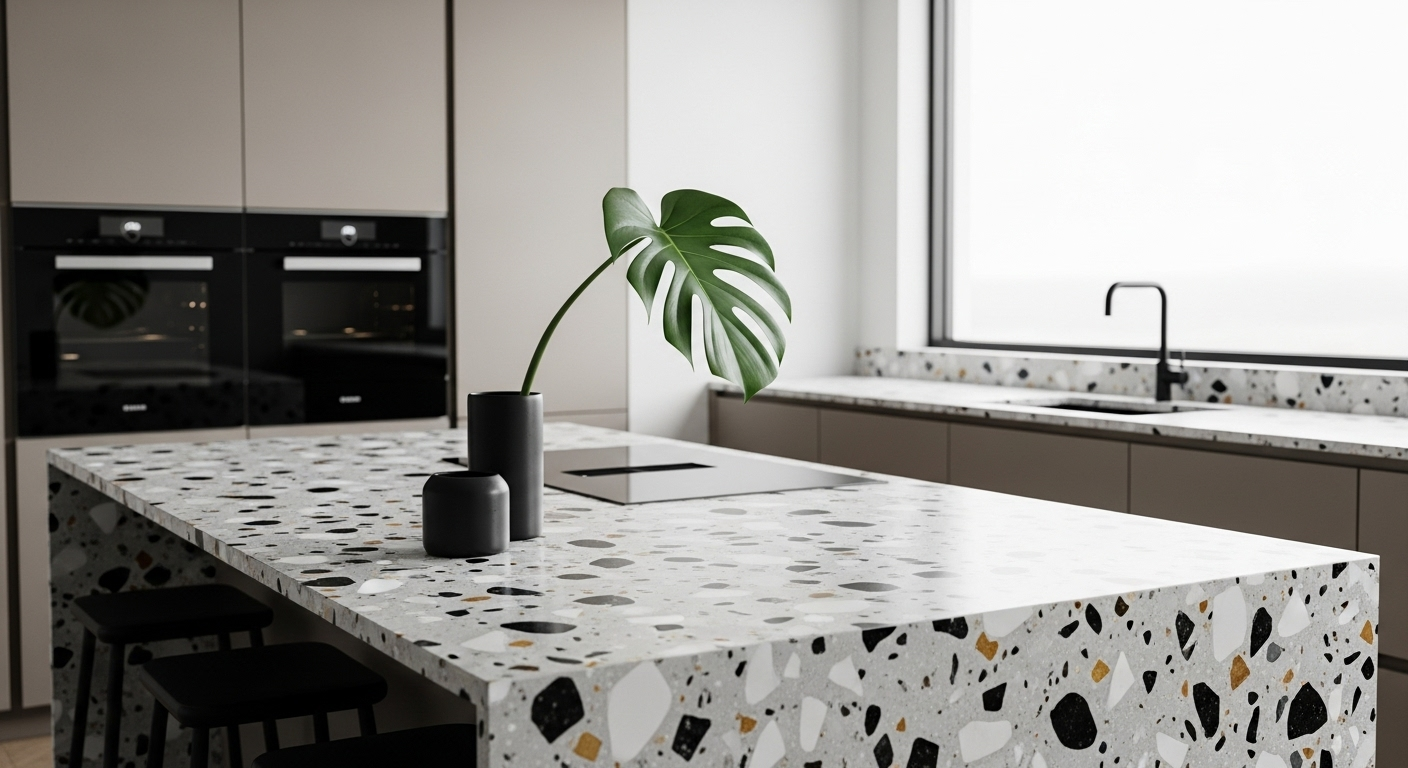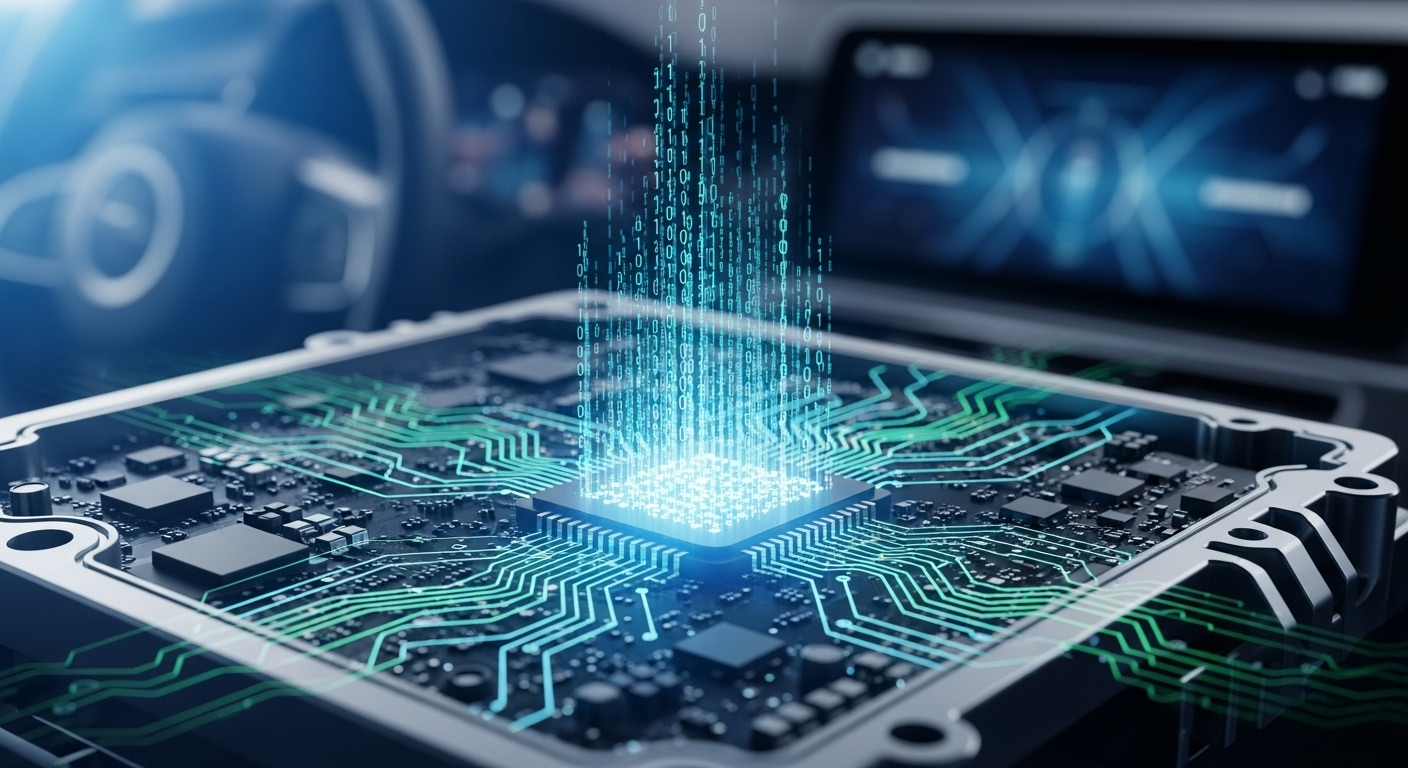"Breaking the Sound Barrier: The Advent of Ultrasonic Touch Technology"
In an era propelled by digitalization, we're constantly introduced to new technologies that seek to redefine our interaction with the world. Among the latest entrants in this arena is Ultrasonic Touch Technology. Underexplored yet immensely promising, ultrasonic touch technology could be the keystroke to the next chapter of our digital narrative.

The Dawn of Ultrasonic Touch Technology
Ultrasonic Touch Technology is a fascinating development that leverages the power of ultrasonic waves to create interactive touch surfaces. The technology, first introduced in research circles in the early 2010s, hinges on the emission of ultrasonic waves across a surface. When this surface is touched, the waves are disturbed, and these disturbances are then translated into digital signals that can be processed and interpreted by software.
How Ultrasonic Touch is Reshaping Interactions
Today, ultrasonic touch technology is quietly making its way into a broad range of applications. For instance, it is being used in car infotainment systems, allowing drivers to interact with their vehicles in a more intuitive and safer manner. More importantly, ultrasonic touch technology is finding a place in the world of accessibility, providing new avenues for those with sensory or motor impairments to engage with digital devices.
Ultrasonic Touch in the Market
While still in its relative infancy, ultrasonic touch technology is already beginning to make waves in the market. A few startups have ventured into this space, developing products that aim to revolutionize the way we interact with our digital devices. Notably, Ultrahaptics, a UK-based startup, has been making significant strides in this sector. The estimated price range of these technologies varies greatly, from affordable consumer devices to expensive industrial applications, indicating a potentially broad market impact.
Ultrasonic Touch Technology: What Lies Ahead?
The future of ultrasonic touch technology appears bright, with myriad possibilities waiting to be explored. Could we see a world where any surface becomes a potential interface, be it your kitchen countertop or your office desk? Could this technology bring about a new era of augmented reality, where digital interactions seamlessly blend with our physical world? Only time will tell.
Conclusion
Ultrasonic touch technology is a testament to our relentless pursuit of innovation. As we continue to push the boundaries of what’s possible, technologies like these remind us that the future is not only about faster chips or bigger screens but also about creating more intuitive, inclusive, and immersive digital experiences. The world of technology is, indeed, full of surprises. And who knows? The next time you tap on a table, it might just tap back.





